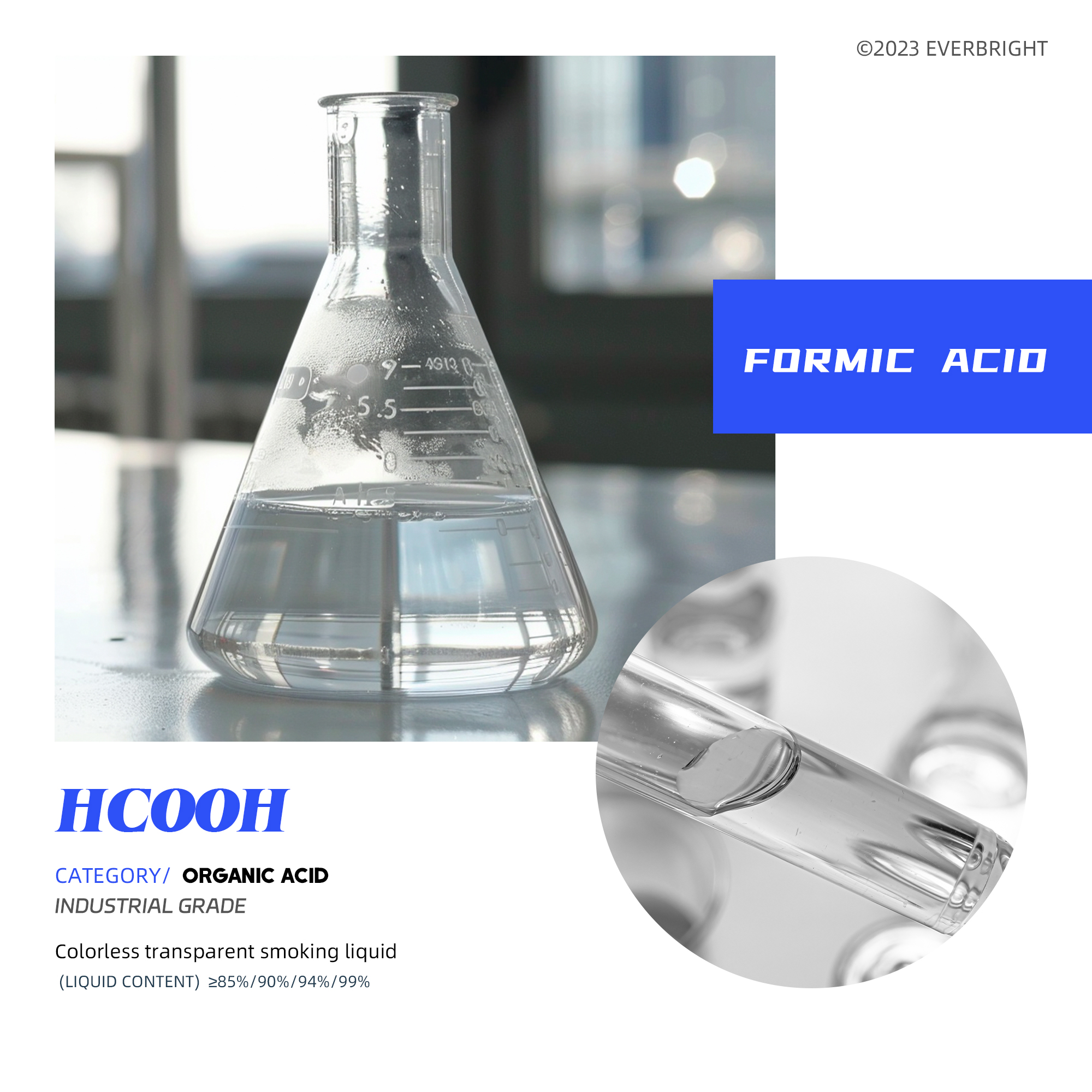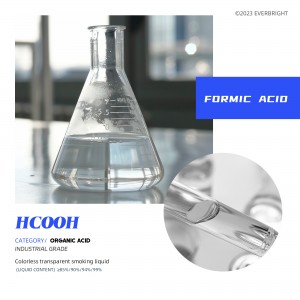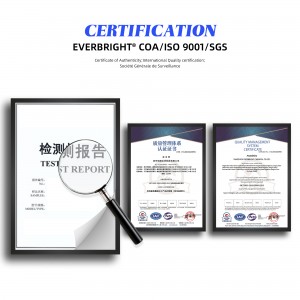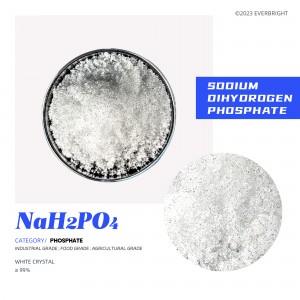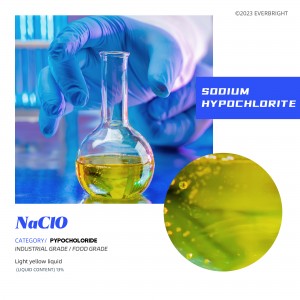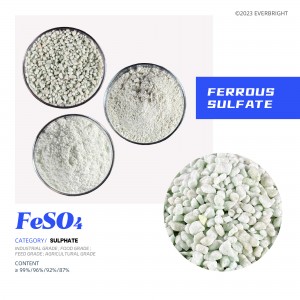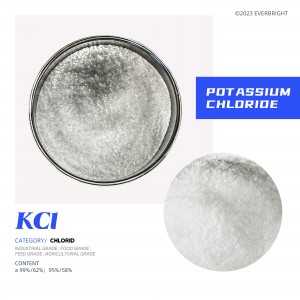Formic acid
Product Details

Specifications provided
Colorless transparent smoking liquid
(liquid content) ≥85%/90%/94%/99%
(Scope of application reference ‘product usage’)
Formic acid is the only acid in the carboxyl group connected to the hydrogen atom, the hydrogen atom repulsive electron force is much smaller than the hydrocarbon group, so that the carboxyl carbon atom electron density is lower than other carboxyl acids, and because of the conjugation effect, the carboxyl oxygen atom on the electron is more inclined to carbon, so the acid is stronger than other carboxyl acids in the same series. Formic acid in aqueous solution is a simple weak acid, acidity coefficient (pKa)=3.75(at 20℃), 1% formic acid solution pH value is 2.2.
EVERBRIGHT® ‘ll also provide customized :content/whiteness/particlesize/PHvalue/color/packagingstyle/ packaging specifications and other specific products that are more suitable for your use conditions , and provide free samples.
Product Parameter
64-18-6
200-001-8
46.03
Organic acid
1.22 g/cm³
Soluble in water
100.6 ℃
8.2 -8.4 ℃
Product Usage
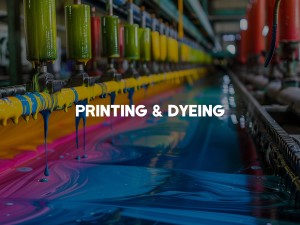
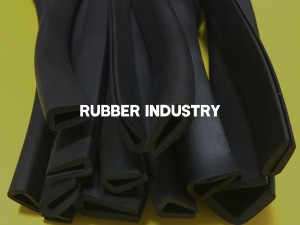

Main use
Formic acid is one of the basic organic chemical raw materials, widely used in pesticides, leather, dyes, medicine and rubber industries. Formic acid can be directly used in fabric processing, tanning leather, textile printing and dyeing and green feed storage, and can also be used as metal surface treatment agent, rubber auxiliary and industrial solvent. In organic synthesis, it is used to synthesize various formates, acridine dyes and formamide series of medical intermediates. The specific categories are as follows:
1. Pharmaceutical industry:
It can be used for the processing of caffeine, aminopyrine, aminophylline, theobromine borneol, vitamin B1, metronidazole and mebendazole.
2. pesticide industry:
can be used for powder rust, triazolone, tricyclozole, triazole, triazolium, triazolium, polybulozole, tenobulozole, insecticide, dicofol processing.
3. Chemical industry:
raw materials for manufacturing various formates, formamide, pentaerythritol, neopentanediol, epoxy soybean oil, epoxy octyl soybean oleate, valeryl chloride, paint remover and phenolic resin.
4. leather industry:
used as leather tanning preparations, deashing agents and neutralizing agents.
5. rubber industry:
for the processing of natural rubber coagulants, rubber antioxidant manufacturing.
6. laboratory production CO. Chemical reaction formula:
7. Cerium, rhenium and tungsten are tested. Aromatic primary amines, secondary amines and methoxy groups were examined. The relative molecular weight and crystalline solvent methoxyl group were determined. Used as fixative in microscopic analysis.
8. formic acid and its aqueous solution can dissolve many metals, metal oxides, hydroxides and salts, the resulting formate can be dissolved in water, so it can be used as a chemical cleaning agent. Formic acid does not contain chloride ions and can be used for cleaning equipment containing stainless steel materials.
9. used to prepare apple, papaya, jackfruit, bread, cheese, cheese, cream and other edible flavor and whiskey, rum flavor. The concentration in the final flavored food is about 1 to 18 mg/kg.
10. others: can also manufacture dyeing mordant, fiber and paper dyeing agent, treatment agent, plasticizer, food preservation, animal feed additives and reducing agents.





